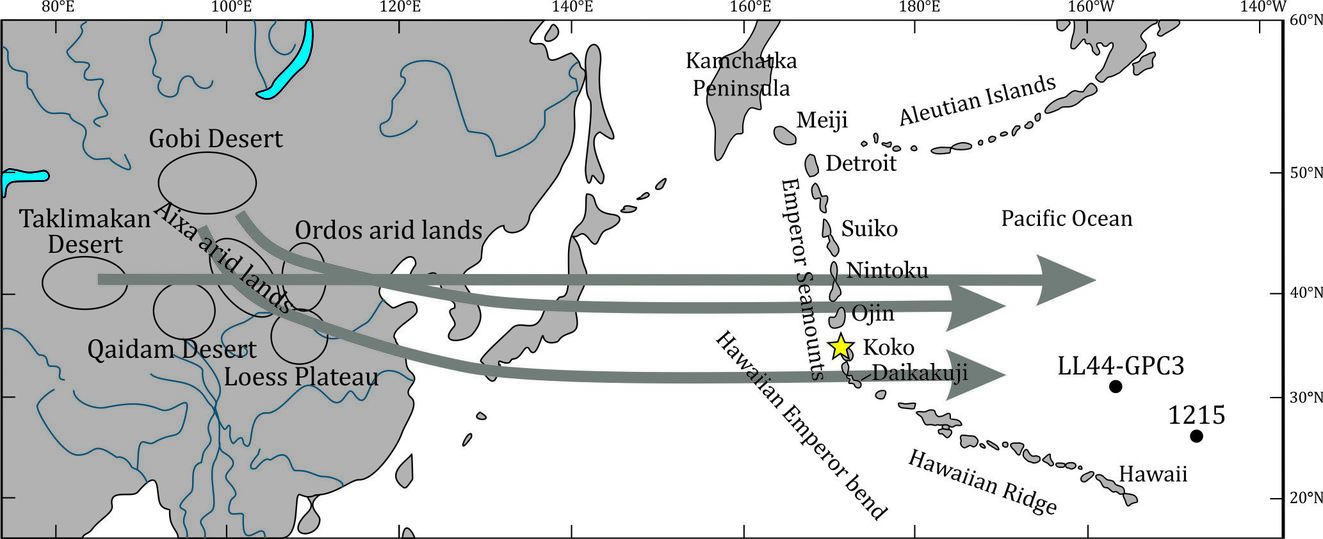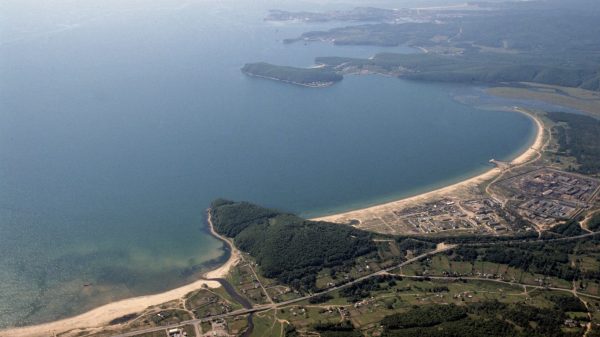It was found that it remains chemically stable for 30 million years
Many people know that desert dust is picked up by air currents and carried over vast distances. However, tracing how the volume and composition of this dust on Earth changed over millions of years, when the desert itself was formed and when the winds began to blow, is a non-trivial task. As reported by the Ministry of Education and Science of Russia, employees of the Laboratory of Isotope Geochemistry and Geochronology of the Geochemical Institute of the Russian Academy of Sciences, together with scientists from the Institute of Geology and Geochemistry of the Ural Branch of the Russian Academy of Sciences and the Far Eastern Geological Institute of the Far Eastern Branch of the Russian Academy of Sciences, studied modern and ancient corals from the center of the Pacific Ocean for this purpose. The results were published in the journal Deep Sea Research Part II.
 Using this The apparatus extracted coral samples from Guyot Coco. Photo courtesy of GEOKHI RAS
Using this The apparatus extracted coral samples from Guyot Coco. Photo courtesy of GEOKHI RAS
“Desert dust travels over vast distances,” Irina Vishnevskaya, a senior researcher at the Laboratory of Geochemistry and Analytical Chemistry of the Russian Academy of Sciences, Candidate of Geological and Mineralogical Sciences, brings us up to date. – Many people know about this phenomenon from the example of sand from the Sahara, which covers Europe and reaches North America across the Atlantic. The same process occurs at the other end of Eurasia: the path of dust from Asian deserts can be traced across almost the entire Pacific Ocean. Moreover, the share of these particles has been increasing over the past 40 million years due to desertification of the continent.
— Taklamakan, Gobi and other arid regions of Asia, including the Chinese loess plateau. The prevailing winds that blow from the continent to the ocean raise colossal volumes of dust from different places and mix them. As such a dust “cloud” moves, the particles settle in the ocean, and the chemical composition of this mixture is the same all the way. This is what makes it possible to trace the “trace of deserts” in oceanic sediments, which in turn are very different in composition from continental sediments. However, there are not very many such studies, since they require expensive equipment, special ships and drilling rigs for taking samples of bottom soil from depths that start from 1 thousand meters.
— Yes. We decided to investigate possible dust particles in samples taken from a depth of 300-400 meters. In the Pacific Ocean, at such depths, there are guyot mountains that were flooded once upon a time, that is, isolated underwater mountains.
— The material for the study was selected by us during the 86th voyage of the research vessel “Akademik M.A. Lavrentiev.» We stopped over the extinct underwater volcano Coco. This seamount is part of the Imperial Hawaiian Chain, which lies directly in the path of the desert particle flow. Guyot Koko is one of the largest in the southern segment of the Emperor Range. It was formed almost 50 million years ago and rose above the surface of the sea for almost 10 million years, and then gradually sank under water. During this time, a coral reef grew on its surface, which flourished as long as possible. Now the top of this reef lies at a depth of 300 meters and is gradually being destroyed under the influence of sea currents.
 Wind distribution map. Photo courtesy of GEOKHI RAS
Wind distribution map. Photo courtesy of GEOKHI RAS
— We were interested in corals, foraminifera (single-celled shells), sponges and other organisms with a carbonate skeleton. We collected them using a remote-controlled underwater vehicle with manipulator “hands.”
— As a result of the work, it was established that the chemical, in particular, rare earth and microelement composition of the corals remained the same over the past 30 million years and corresponded to the composition of ocean water.
— Yes, it turned out that the biological carbonate substance did not record these changes. This suggests that the process of global mixing in the ocean is so strong that, regardless of what falls into it over millions of years from the continent, with precipitation, it chemically averages, mixes and balances.
— As it turned out, the dynamics of volume changes can only be traced by studying deep-sea sediments that are raised during deep-sea drilling. Dust particles differ in chemical composition from typical ocean sediments. In this way, their presence and their volume can be diagnosed.


























































Свежие комментарии